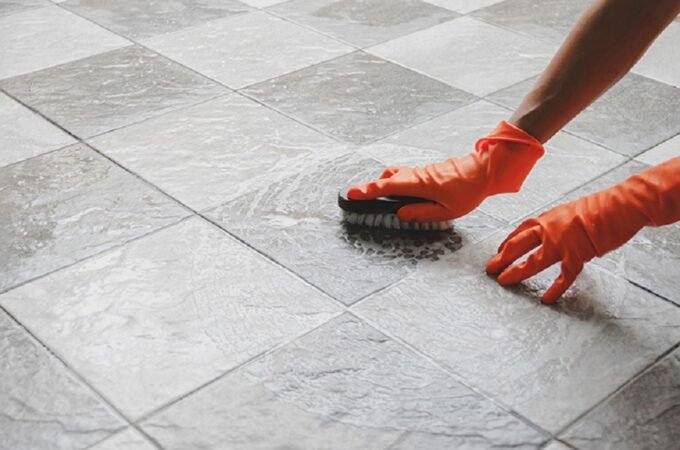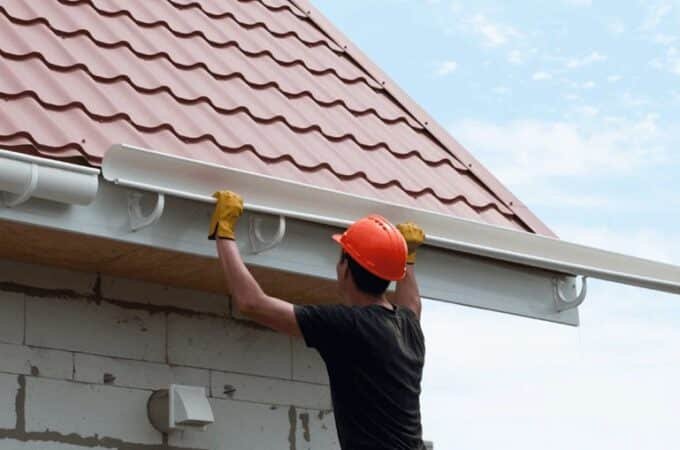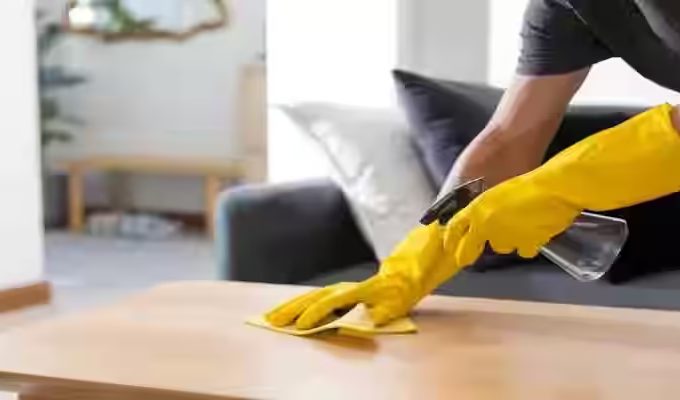
How Mold Can Harm Your Pets and What You Can Do
The animals that live with us are more than just pets; they are like family. Because of this, it is our duty to look out for their health and safety. Mold is one threat to their health that is often forgotten.
Mold may not seem like it has anything to do with pet health at first, but it can have very bad effects on our pets. To find out more about how to keep your pets safe from mold, click here.
Table of Contents
ToggleUnderstand the silent threat.
Mold is a plant that grows best in damp, dark, and moist places. It grows from seeds, which are very easy to spread around a house. When pets breathe in these germs, they can get sick in a number of ways.
How mold can affect your pets.
Mold can have different effects on pets based on the type of mold, how much the pet is exposed to it, and how sensitive the pet is. However, some common health problems linked to mold exposure are:
-
Problems with breathing.
If mold spores get into your lungs, they can make you cough, sneeze, wheeze, and have trouble breathing. In the worst cases, it can lead to more dangerous lung diseases.
-
Sores on the skin.
Mold can make pets allergic, which can lead to itchy skin, hair loss, and skin diseases. Licking and scratching all the time can make these problems even worse.
-
Problems with the nerves.
Pets can sometimes have problems with their nerve systems when they are exposed to certain kinds of mold, especially harmful molds. This can show up as changes in behavior, seizures, or other signs in the brain.
Protect your furry friends.
Take these precautions to keep your animal friends safe from the dangerous effects of mold:
-
Clean often.
Clean your pet’s blankets, toys, food, and water bowls often, especially in places where pets spend a lot of time; vacuum rugs and furniture often. To get rid of mold germs, mop the floors with a light cleaner.
-
Manage the humidity.
Dehumidifiers can help lower the amount of wetness in your home. Make sure that all of the rooms, especially the bathrooms and basements, have enough airflow.
-
Take care of water damage right away.
Fix taps and lines that are leaking right away to stop water damage and mold growth. Dry places that have been damaged by water completely to stop mold from growing.
-
Check for mold.
Check your home often for mold symptoms like spots you can see, musty smells, or water stains. If you think mold is growing, you should talk to a professional mold removal service.
-
Schedule check-ups with the vet.
Set up regular check-ups with the vet to keep an eye on your pet’s health. Tell your vet about any changes in your pet’s behavior, like skin problems or more coughing or sneezing.
By taking steps to stop mold from growing and limiting your pets’ contact, you can greatly lower the chance that they will get sick. Do not forget that a dry and clean home is good for you and your pets.
Additional tips to protect your pets from mold.
To keep your pets safe from mold, think about these suggestions: Limit your time outside in wet or damp places, especially after it rains or is damp. Make sure your pet eats a balanced and healthy diet. A strong immune system can better fight off mold.
To get rid of mold spores and allergens, use air filters with HEPA screens. If the mold is bad, you should call a professional cleaning service.
It is important to keep an eye on your home for signs of mold growth after the cleanup is done. Taking these steps can help keep your pets safe and protect them from mold.
You can make sure your pet friends are safe and healthy by taking these thorough steps. Remember that you can protect your pet’s health and well-being with a little care.






